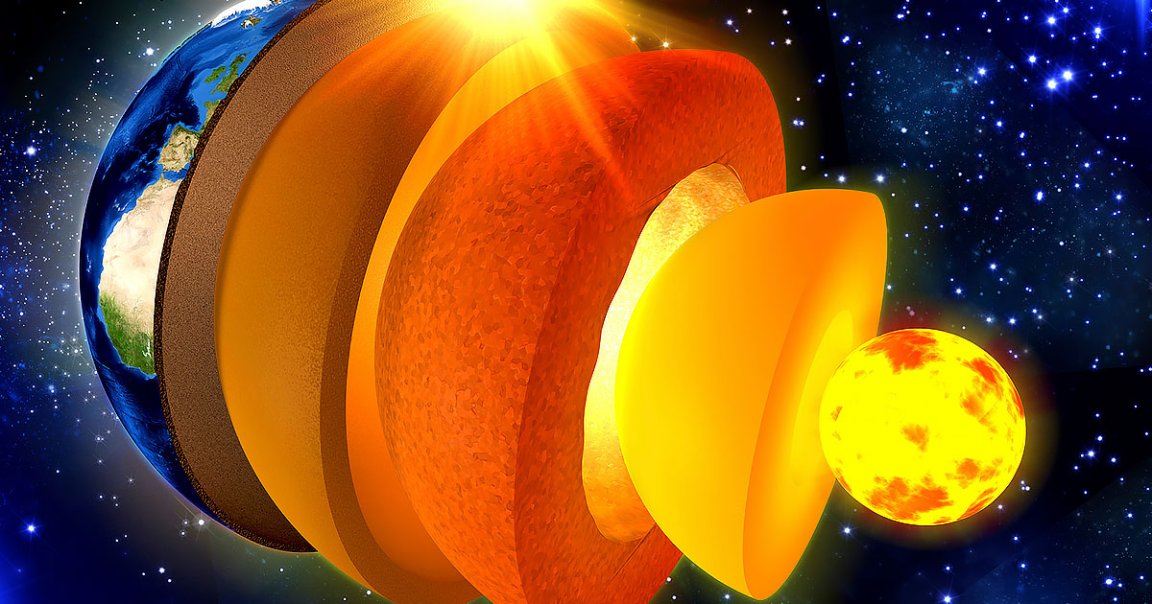
Researchers say they’ve found new evidence of an “ocean” deep inside the Earth.
After analyzing an extremely rare diamond believed to have been formed at a depth of around 410 miles below Botswana, an international team of researchers concluded in a new study published in the journal Nature Geoscience that the boundary between our planet’s upper and lower mantle — a region known as the transition zone, which reaches hundreds of miles into the Earth’s interior — holds far more trapped water and carbon dioxide than previously thought.
The research could have far-reaching implications on our understanding of the Earth’s water cycle and how it evolved into the oceanic world we know today over the last 4.5 billion years.
“In this study we have demonstrated that the transition zone is not a dry sponge, but holds considerable quantities of water,” said Frank Brenker, researcher at the Institute for Geosciences at Goethe University in Frankfurt, in a statement. “This also brings us one step closer to Jules Verne’s idea of an ocean inside the Earth.”
While this vast reservoir is likely a dark slurry of sediment and hydrous rock — and at near-inconceivable pressures — it may be extraordinary in total volume.
“These sediments can hold large quantities of water and CO2,” Branker added. “But until now it was unclear just how much enters the transition zone in the form of more stable, hydrous minerals and carbonates — and it was therefore also unclear whether large quantities of water really are stored there.”
In fact, according to the statement, the transition zone alone may contain up to six times the amount of water present in all of the Earth’s oceans combined.
The diamond the team analyzed came from a region in the Earth’s mantle where ringwoodite — an element that only forms under high levels of pressure and temperatures in the Earth’s mantle, but can hold water quite well — is the most prevalent. The researchers’ smoking gun: the analyzed gem contained ringwoodite, and therefore water as well.
Scientists had already suspected that the Earth’s transition zone held plenty of water after analyzing a similar diamond back in 2014, but the latest research adds credence to the theory.
“If you only have one sample, it could just be a local hydrous region,” Suzette Timmerman, a mantle geochemist and postdoctoral fellow at the University of Alberta, who was not involved in the study, told Scientific American, “whereas now that we have the second sample, we can already tell it’s not just a single occurrence.”
READ MORE: An ocean inside Earth? Water hundreds of kilometers down [Goethe University Frankfurt]
More on the Earth’s mantle: Scientists Puzzled by Two Huge Masses Inside the Earth